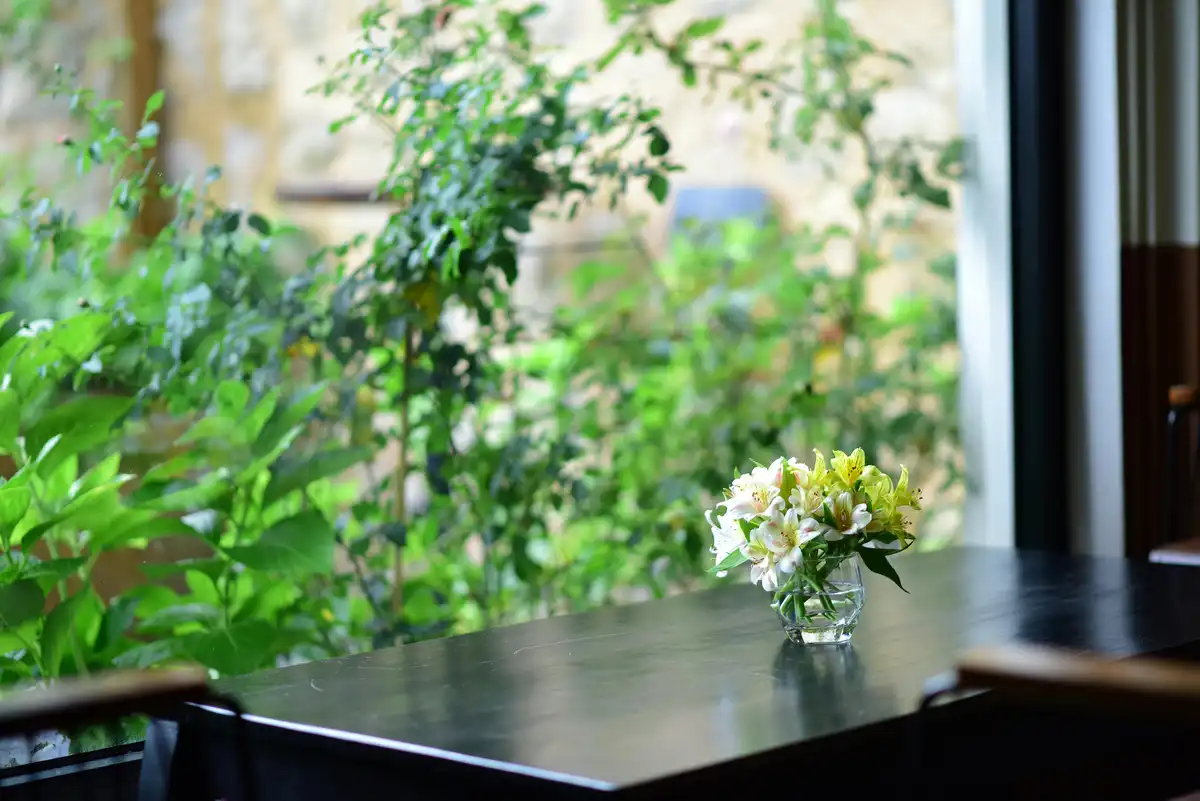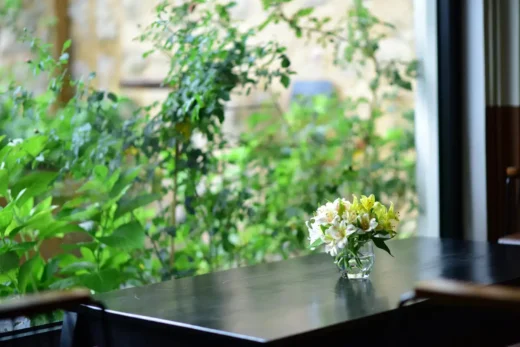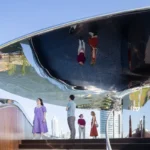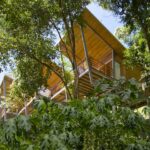How biophilic architecture is bringing nature indoors, Green architectural designs, Natural world buildings
How biophilic architecture is bringing nature indoors
28 May 2025
Seriously, when did you last feel truly connected with nature? I mean really connected-not just a quick glance at a park while rushing to your next meeting. For those of us trapped in concrete jungles, these moments have become precious rarities. Our cities, impressive as they are, have cut us off from something fundamental.
That’s where biophilic design comes in-this fascinating architectural approach that’s finally bridging the gap between our built environment and the natural world we evolved in. It’s not just about sticking a few plants in the corner of your office. The research is striking: biophilic design is reshaping how buildings affect our bodies and minds. The market’s exploding too-heading toward $3.14 billion by 2028. No surprise there. Who wouldn’t want to work in a living building rather than a sterile box?
The accessibility of biophilic design reminds me of how digital experiences have evolved to eliminate barriers to entry. Consider how no deposit bonuses US gaming platforms offer-these promotional incentives allow new users to experience premium features without initial investment, just as biophilic buildings provide immediate health benefits without requiring occupant effort. In the competitive American online entertainment market, these no-risk bonuses typically range from $10-50 and come with specific playthrough requirements before any withdrawal. Similarly, biophilic architecture delivers its “wellness bonus” automatically-reduced cortisol levels, improved air quality, enhanced cognitive function-without users needing to actively participate. Both represent a fundamental shift in thinking: removing initial barriers to provide value upfront, whether in digital engagement or architectural experience. The psychological benefits of nature exposure happen effortlessly, affecting our wellbeing whether we consciously acknowledge them or not.
The science behind living architecture
There’s something almost magical about how nature-infused spaces affect us. Hospital patients with window views of trees-rather than facing brick walls-need 22% less pain medication. They heal faster too, by about 8.5%. Think about that next time you’re in a hospital waiting room staring at beige walls and fluorescent lighting.
In fact, 84% of people report better workplace wellbeing when surrounded by natural elements but many architects fight an uphill battle with stakeholders focused solely on initial costs and budget constraints.
That’s the thing about our relationship with nature. It runs deeper than aesthetics or trend-following. Our brains literally evolved outdoors, developing responses to natural patterns, materials, and light that simply can’t be replicated with artificial alternatives. When architects manage to reintroduce these elements-whether through reclaimed timber or facades inspired by leaf patterns-they’re tapping into something primal in our psychology.
When buildings breathe back
Milan’s Bosco Verticale stopped me in my tracks the first time I saw photos. Two residential towers absolutely covered in over 20,000 trees and plants cascading down from staggered balconies. Not just pretty facades-these are functioning ecosystems that eat CO₂, pump out oxygen, filter air pollution, and create their own microclimates that cut energy bills for residents. Suddenly the typical glass-and-steel tower looks painfully outdated.
Then there’s Sydney’s One Central Park with its mind-bending heliostat-basically a giant mirror system redirecting sunlight to places that would otherwise be dark and gloomy. The building’s massive green wall features over 35,000 plants from nearly 400 species. Walking past on a hot day, you’ll feel the temperature drop. The building is literally cooling its surroundings.
The engineering challenges behind these green giants? Enormous. Root systems must be perfectly contained. Irrigation systems cannot fail. Wind calculations must factor in how plants will catch the breeze differently as seasons change.
Yet when executed properly, the financial return is undeniable. Property owners aren’t just charging more for these spaces because they can-they’re charging more because people genuinely value them more. The old notion that sustainable design means sacrificing profit has been thoroughly debunked.
When nature drives profit
Remember when incorporating sustainability meant bracing for financial loss? Those days are gone. Hotels with biophilic elements now command 23% higher room rates. Not 3% or 5%-a full quarter more revenue simply by embracing natural design principles.
Retail spaces filled with natural light and greenery see customers lingering longer and spending more. Office buildings designed with biophilic principles report less absenteeism and higher productivity. Who hasn’t experienced the afternoon slump in a windowless conference room? Compare that to meetings held in spaces flooded with natural light, overlooking greenery.
Seattle’s Bullitt Center proves this point perfectly. Often called the world’s greenest commercial building, it’s made primarily from wood, maximizes daylight, and connects occupants to nature at every turn. Despite charging premium rates, they maintain full occupancy. Tenants aren’t just paying for address-they’re paying for the experience of working in a living building.
Policymakers are finally catching on. France now requires commercial buildings to incorporate either vegetation or solar panels on their roofs. Building certification systems-once focused exclusively on energy and water metrics-now award points for biodiversity integration. What was once considered fringe has become mainstream practically overnight.
A natural evolution
When you step back, reintegrating nature into our buildings isn’t revolutionary at all-we’re just remembering what we once knew instinctively. Throughout history, buildings reflected available materials and climate needs. Only recently did we convince ourselves we could thrive in completely artificial environments disconnected from natural patterns.
What we’re seeing now isn’t innovation so much as reconciliation-acknowledging that our bodies and minds have requirements that never changed, despite our technological advances. The research simply confirms what we feel in our bones: we function best when connected to nature, even in the heart of our densest cities.
Our urban spaces needn’t stand in opposition to the natural world. At their best, they can become its most inspired expression. Sometimes moving forward means remembering what we’ve left behind.
Comments on this guide to How biophilic architecture is bringing nature indoors article are welcome.
Sustainable Building Design
Key Sustainable Design Articles
New vaulted style of floor cuts concrete usage
Ground granulated blast furnace slag in concrete production
Concrete – Delivering beyond net Zero
Biophilic Buildings
Biophilic Building Designs
Merging architecture with nature in biophilic design
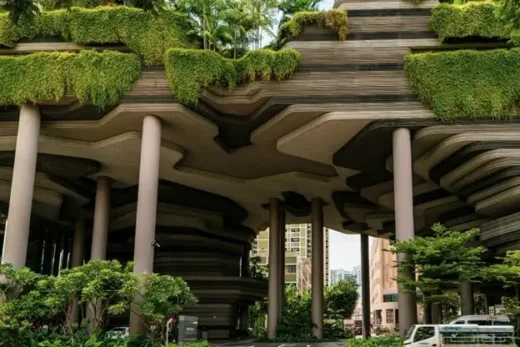
Primary school of the future: biophilic building
Biophilic design at Heriot Watt campus Dubai
Milan biophilic office of the future
MITOSIS Biophilic Regenerative Ecosystem
Biophilic Office Project at BRE, Watford
+++
Resilient Cities Architecture Design
Property Design
Contemporary Property Designs – recent architectural selection from e-architect below:
Comments / photos for the How biophilic architecture is bringing nature indoors page welcome.

